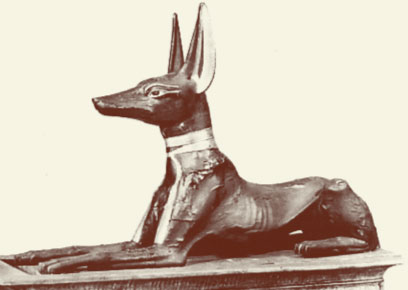 |
|
The southeast corner of the Sphinx Pit continues in this fashion briefly towards the south. At the left of the photo is the northwest corner of the Valley Temple. A carefully-shaped ‘cubicle’ with a base is carved out of the bedrock here, seen more closely in Figures 6.41 and 6.42. To the right, beyond the iron gate, lies the Sphinx Moat. Water erosion patterns may be seen in the stone at the centre of the photo, of a swirling nature, due to the fact that it was at this point that the water rushed in or out of the Sphinx Moat when the sluice gates were opened. Incoming water from the Nile Inundation would have rushed up against this stone barrier, swirled, and drained downwards and to the right in order to enter the Sphinx Moat, precisely as this swirling pattern indicates. |







